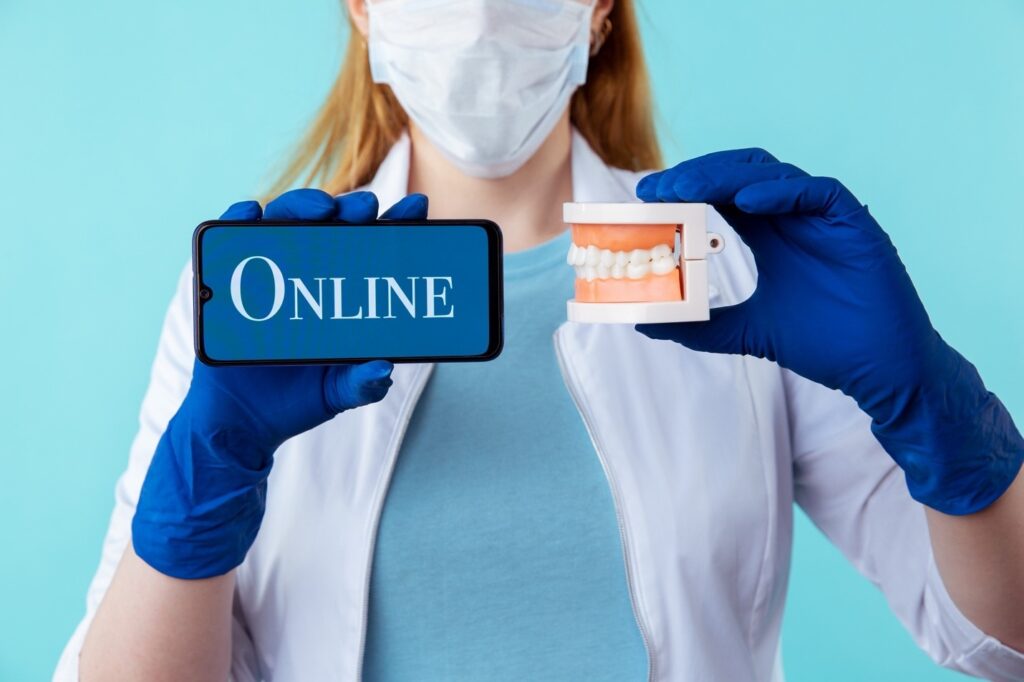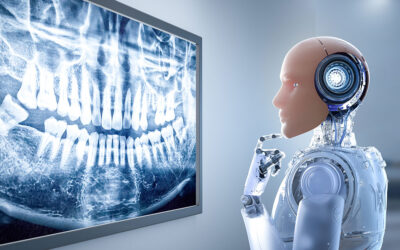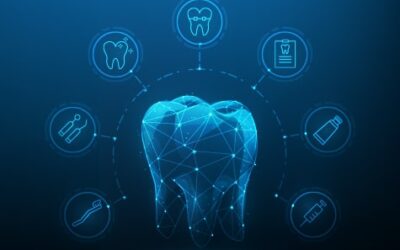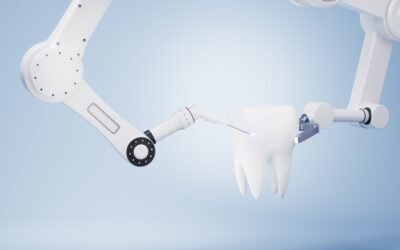
Teledentistry from research to clinical practice
The ideal dental relationship has traditionally occurred face-to-face (or, to be more precise, masked face to open mouth), but modern technology now allows dentists to communicate with patients and even conduct examinations from a distance using teledentistry.
Due to social isolation norms and lockdowns brought on by the COVID-19 pandemic in 2020, there was inevitably a rise in the use of digital technology. This forced dental education institutions and practitioners to adapt to new ways of conducting meetings, imparting knowledge, and offering dental care.
It is common knowledge that dentists need to learn more about teledentistry and its various uses. While Zoom cannot be used to clean teeth or fill cavities, teledentistry appointments can help your practice reach more patients, particularly in cases where an urgent care referral is not necessary. Not all appointments are created equal, and by facilitating follow-ups, second opinions, or pre-authorizations over the phone, tablet, or computer, teledentistry can cut down on both your and your patients’ travel time.
Additionally, the detection of oral lesions by the general practitioner may be challenging, particularly in cases of potentially cancerous mucosa disorders. In this way, speaking with experts in oral pathology can help to make a precise diagnosis, shorten the time between diagnosis and treatment, suggest surgical sampling of lesions for microscopic examination, and quickly refer a patient for additional care if it’s required. This has an immediate effect on the early detection of oral cancer and improved accessibility to specialized dental care in rural areas.
References
Flores-Hidalgo A, Collie J, King S, Grant FT, Beasley NE, Moss ME and Tempel TR Jr (2023) The use of teledentistry in clinical oral and maxillofacial pathology practice: an institutional experience. Front. Oral. Health 4:1063973. doi: 10.3389/froh.2023.1063973
Niknam, F., Sharifian, R., Bashiri, A. et al. Tele-dentistry, its trends, scope, and future framework in oral medicine; a scoping review during January 1999 to December 2021. Arch Public Health 81, 104 (2023). https://doi.org/10.1186/s13690-023-01128-w
Haleh Valizadeh-Haghi, Safa Valizadeh-Haghi, Nasim Naslseraji, Hamed Zandian, “Smartphone Photography as a Teledentistry Method to Evaluate Anterior Composite Restorations”, International Journal of Dentistry, vol. 2023, Article ID 3171140, 8 pages, 2023. https://doi.org/10.1155/2023/3171140
Bahanan L, Alsharif M. Factors affecting the acceptance of teledentistry determined using the technology acceptance model: A cross-sectional study. DIGITAL HEALTH. 2023;9. doi:10.1177/20552076231158034






